International
The constitutional reform that gives full power to Daniel Ortega and Rosario Murillo in Nicaragua comes into force
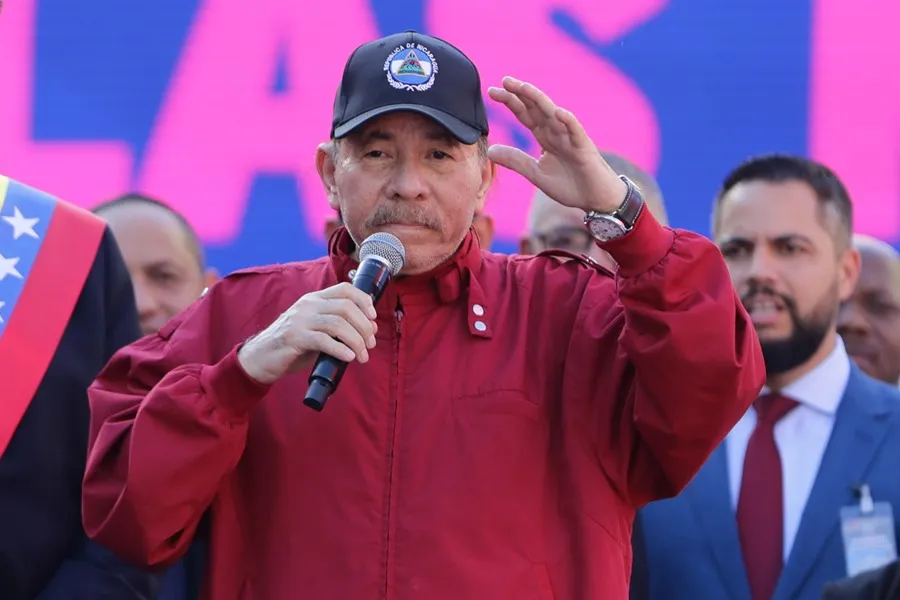
Nicaragua put into effect this Wednesday a reform to the Political Constitution that transforms the State, eliminates the balance of powers, and grants total power to the president of the country, Daniel Ortega, and his wife and vice president, Rosario Murillo, who now has the position of “co-president”.
The constitutional reform, which has been harshly criticized by the UN, the Organization of American States (OAS), the United States, the European Parliament and Nicaraguan opponents, came into force after being published in the Official Journal, La Gaceta, and 19 days after being approved in the second and final legislature.
The constitutional norm extends the presidential period from five to six years, establishes the figure of “co-president”, that the Executive “coordinates” the other “organs” of the State, which are no longer called powers, and legalizes statelessness.
In addition, they create the “military forces of patriotic reserve” and the “voluntary police” which, according to the opponents, would be parapolice and paramilitary forces.
The legislators reformed 148 of the 198 articles of the Magna Carta and repealed 37 others, including the one that prohibited the practice of torture.
The amendment establishes that Nicaragua is a “revolutionary” state, free, sovereign, independent, which recognizes the person, the family and the community as protagonists of “direct democracy”, that the revolutionary power is exercised by the people directly, and the people exercise the power of the State through the Presidency of the Republic that directs the Government and coordinates the legislative, judicial, electoral, accounts’s prosecutor’s office and autonomous entities.
The Presidency will lead the Government and as Head of State will coordinate the legislative, judicial, electoral, control and regional and municipal bodies, according to the rule.
Also that the Presidency is the Supreme Headquarters of the Nicaraguan Army, the National Police and the Ministry of the Interior.
In addition, the Presidency will be composed of a co-president and a co-president, who will exercise their functions for a period of six years, and may appoint vice-presidents without being elected by the popular vote.
It also includes as a national symbol the flag of the Sandinista National Liberation Front (FSLN), a party in the Government since 2007.
The Presidency may also order the intervention of the Nicaraguan Army in support of the National Police, when the stability of the Republic so requires.
It also creates “the military forces of patriotic reserve, as part of the Nicaraguan Army, which will be voluntarily composed of officers, officials, non-commissioned officers, class, soldiers and sailors who have passed to the honorable condition of retirement or discharge.”
It also creates the volunteer police as an auxiliary and support body for the National Police, made up of Nicaraguans “who provide their services on a voluntary basis”.
Despite the fact that the figure of volunteer police did not exist in the Constitution, Ortega said in September 2022 that the Army, the Police and the “voluntary police” helped restore “peace” in Nicaragua after the popular revolt that broke out in April 2018 due to controversial social security reforms and that left hundreds dead.
According to humanitarian and opposition agencies, these armed civilians are “parapolice and paramilitary groups” who acted with the acquiescence of the State in the so-called ‘Operation Cleaning’ with which the Government neutralized the demonstrations against them.
The State of Nicaragua will also ensure that the social media are not “subjected” to foreign interests or disseminate false news that violates the rights of Nicaraguans.
Ortega, 79 years old and in power since 2007, has ruled Nicaragua since 2017 together with his wife Murillo amid allegations of electoral fraud or eliminating the opposition to have no competition.
Ortega has asked to reform the Constitution on 12 occasions since 2007, including one that allows him to be re-elected indefinitely.
International
El Chapo’s son Joaquín Guzmán López pleads guilty to U.S. drug trafficking charges

Joaquín Guzmán López, one of the sons of notorious Mexican drug lord Joaquín “El Chapo” Guzmán, pleaded guilty on Monday to drug trafficking charges in a U.S. court, months after his brother Ovidio reached a similar plea agreement, according to local media reports.
The defendant appeared before a federal court in Chicago early Monday afternoon and changed his previous plea in the case, the Chicago Tribune reported. U.S. authorities accuse him of forming, together with his three brothers, the cartel faction known as “Los Chapitos.”
The group is believed to have continued the operations of El Chapo, who has been serving a life sentence in the United States since 2019.
Guzmán López, 39, was arrested after landing in Texas in a small aircraft alongside cartel co-founder Ismael “El Mayo” Zambada.
International
Venezuela authorizes return flights as U.S. continues deportations amid rising tensions

The arrival of U.S. aircraft carrying undocumented Venezuelan migrants continued regularly despite rising tensions between Washington and Caracas over President Donald Trump’s military deployment in the Caribbean.
Trump maintains that the deployment is part of an anti-narcotics operation, while Venezuelan President Nicolás Maduro insists the true objective is to remove him from power and seize the nation’s oil resources.
Venezuela’s aviation authority has “received a request from the United States government to resume repatriation flights for Venezuelan migrants from that country to Venezuela,” the Ministry of Transportation said in a statement .
“Under the instructions of President Nicolás Maduro, authorization has been granted for these aircraft to enter our airspace,” it added.
Caracas will permit two Eastern Airlines flights to land on Wednesday and Friday.
Migration remains one of the Trump administration’s flagship issues. On Monday, the U.S. president held a meeting with his National Security Council to discuss the situation in Venezuela, a day after confirming he had spoken with Maduro by phone, without offering further details.
According to the Venezuelan government, roughly 75 deportation flights have been carried out this year, returning at least 13,956 Venezuelans from the United States.
International
20,000 rounds stolen from german army after driver leaves cargo unattended

The German army confirmed the theft of a shipment of ammunition that occurred a week ago while it was being transported by a civilian delivery driver, a military spokesperson told AFP, confirming earlier media reports.
According to Der Spiegel and the regional broadcaster MDR, around 20,000 rounds of ammunition were stolen from an unguarded parking lot near Magdeburg, in eastern Germany, while the driver was asleep in a nearby hotel. No information has been released regarding the identity of the suspects, and the military declined to specify the exact type or amount of ammunition taken.
Authorities have also not indicated how the perpetrators knew the cargo would be left unattended.
“The theft was discovered upon delivery at the barracks,” the German army spokesperson said.
A police spokeswoman confirmed to AFP that an investigation has been opened but refused to provide further details “for tactical reasons.”
Sources close to the German military, cited by Der Spiegel, believe it is unlikely the theft was a coincidence. They suspect the thieves waited for the driver to stop for the night before striking.
Der Spiegel also reported that the Defense Ministry normally requires two drivers for this type of transport to ensure the cargo is constantly monitored. However, in this case only one driver was assigned, meaning the civilian transport company failed to comply with the security protocols.
-

 Central America4 days ago
Central America4 days agoTrump Pardons Former Honduran President Hernández and Warns of Aid Cuts Ahead of Election
-

 Central America2 days ago
Central America2 days agoHonduras Extends Voting by One Hour Amid High Turnout, CNE Announces
-
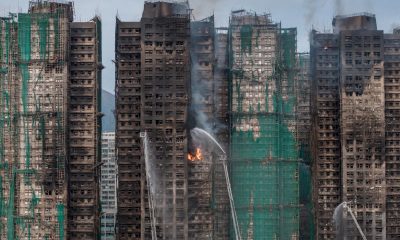
 International2 days ago
International2 days agoHong Kong police arrest 13 over deadly high-rise fire that killed 151
-

 Central America3 days ago
Central America3 days agoHonduras’ China–Taiwan Future Hinges on Sunday’s Presidential Election
-

 International4 days ago
International4 days agoMeta Says Russia Seeks to Ban WhatsApp for Defending Secure Communication
-
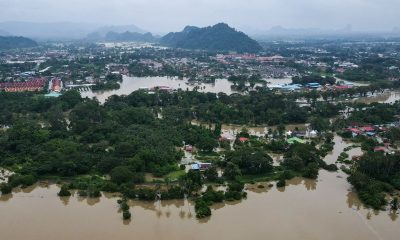
 International2 days ago
International2 days agoSri Lanka and Indonesia deploy military as deadly asian floods kill over 1,000
-

 International2 days ago
International2 days agoTrump says asylum decision freeze will remain in place “for a long time”
-
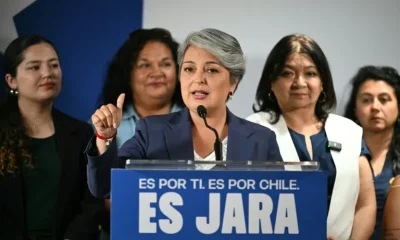
 International2 days ago
International2 days agoChile enters runoff campaign with Kast leading and Jara seeking a last-minute comeback
-

 International16 hours ago
International16 hours agoVenezuela authorizes return flights as U.S. continues deportations amid rising tensions
-

 International16 hours ago
International16 hours ago20,000 rounds stolen from german army after driver leaves cargo unattended
-
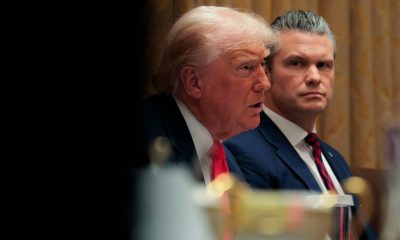
 International16 hours ago
International16 hours agoTrump convenes National Security Council as U.S.–Venezuela tensions intensify
-

 International15 hours ago
International15 hours agoEl Chapo’s son Joaquín Guzmán López pleads guilty to U.S. drug trafficking charges






























